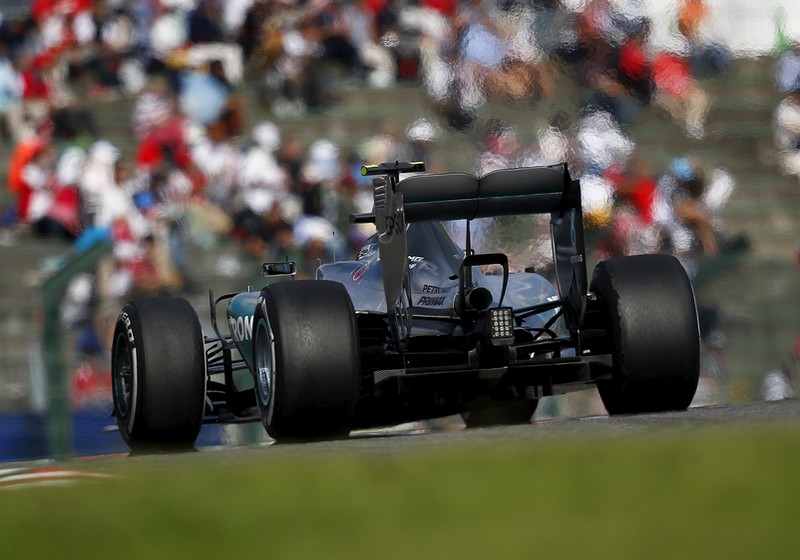The Suzuka Circuit is 50 kilometres south west of Nagoya, Japan’s third largest city, and is treasured by drivers and teams alike.
For years Suzuka occupied the final spot on the Formula One calendar; it has always seemed to foster great on-track rivalries and is synonymous with iconic champions: the cherished crescendos between Senna and Prost in 1989 and 1990 and the broad smile of James Hunt when he claimed his only Driver’s World Championship in 1976 to name a few.
Unfortunately many modern Formula One observers may forget the 12 world championship-deciding races because the Suzuka circuit is now indelibly linked with tragedy. Japan was the site of the horrific accident of Marussia F1 Team’s Jules Bianchi in 2014, which led to his death a year later and poignant driver memorials to him last year.
The track is owned by Japanese car manufacturer Honda, which originally built the circuit in 1962 as a test track for its road cars and motorbikes. It now operates the track through a subsidiary, Mobilityland Corporation, which has a contract in place with Formula One Management until 2018.
Not only does Honda own the circuit but they have enjoyed a long and illustrious relationship with Formula One, producing many World Championship-winning engines and they returned to Formula One as a supplier in 2015, reviving their relationship with their 1980s partner McLaren.
From a commercial point of view, Japan remains an important market for Formula One even if there are fewer sponsors from the country active in the sport than was once the case.
Despite the lack of a Japanese driver since Kamui Kobayashi in 2014, the 155,000-capacity circuit is almost always attended by a sizeable and passionate crowd, often, it seems, in the rain. The addition of Honda to the grid, making this a home race, will certainly continue the Japanese love of Formula One.
Suzuka has the reputation as one of the great tracks in Formula One and the physical circuit is a massive test of car and driver ability. The track has also become a favourite with drivers, featuring some of the Formula One calendar's most challenging corners. Among the most popular are the high-speed 130R and the famous Spoon Curve. On top of this, the circuit's figure-of-eight layout makes it unique in Formula One racing.
A huge theme park was also constructed at the track, including the famous big wheel which dominates the Suzuka skyline.

